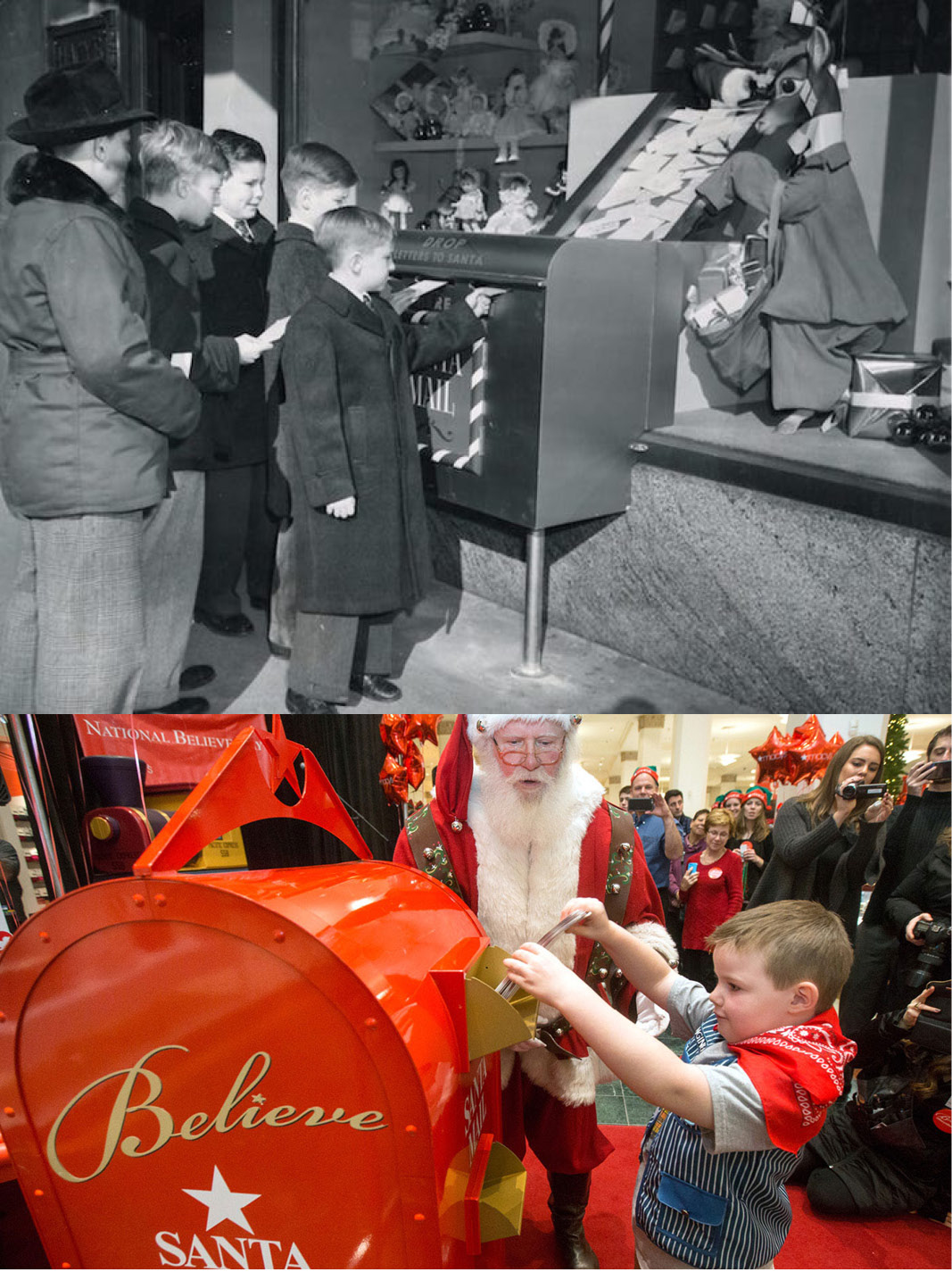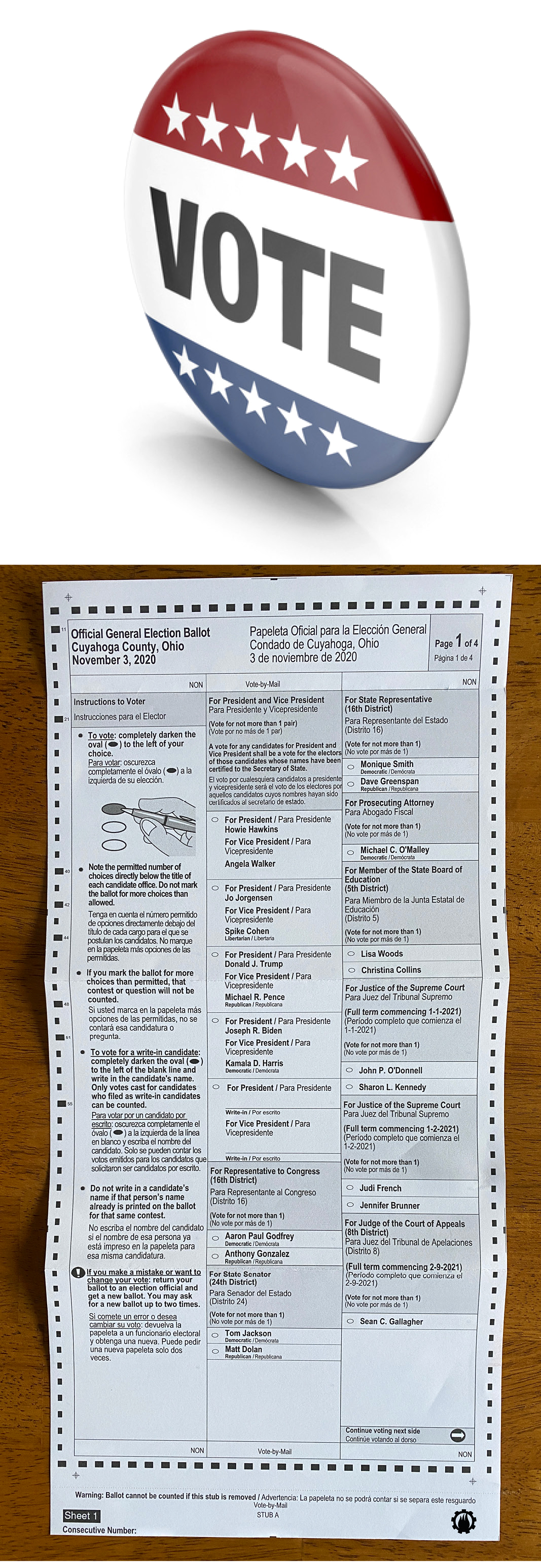Now That’s Ugly! Congratulations.

Ugly Christmas sweaters are a real thing! They can be bought at the store and online. Or you can make your own. Above are some inspirational ugly sweaters to start you off. Oh, and look, there I am in my ugly Christmas sweater! If you can spot me let me know what’s on my sweater in an email for bonus points. And email a picture of you in your ugly sweater for even more bonus points. Above all, have fun and a very Merry Christmas!!!
What likely started out as a joke, has transformed itself into another holiday tradition I’ve come to enjoy – wearing god-awful sweaters. I have an especially lovely seater that I bring out each year. It provides a unique experience for all who are “blessed” to see it! Today marks National Ugly Christmas Sweater Day – celebrated around the world in offices and establishments aplenty. Here are some wonderful examples to spark your creativity for next year – get the sewing needles out and get started – the competition is fierce – and FUN! Thanks to Wikipedia, brittania.com and all those brave enough to wear these silly things. Enjoy!
- Every third Friday of December people all over the nation trade their casual garments for something more festive for National Ugly Sweater Day. An ugly Christmas sweater is any Christmas-themed sweater that could be considered in bad taste, tacky, or gaudy. The general consensus is that the more embellishments—tinsel, reindeer, Santa Clauses, candy canes, elves, presents, etc.—the uglier the sweater.
- Ugly sweaters have been around for as long as people created a concept of fashion. They weren’t always made purposefully — maybe someone made a mistake in their knitting or tried a new design that didn’t turn out as cool as they thought it would. However, it wasn’t long before grandmas everywhere were knowingly (maybe while chuckling to themselves) knitting their grandchildren ugly Christmas sweaters.
- It’s hard to say who invented the first ugly Christmas sweater (I think it was one of those beauties I wore back in the ’70s!). As a matter of fact, we can presume that ugly sweaters were designed with the original intention of being fashionable. It’s only because of ever-changing fashion trends that sweaters once deemed acceptable are now considered ugly.
- As a clothing item, ugly sweaters were often featured on situation comedies in the 1980s. They were mostly cardigans, buttoned down the front. The Christmas theme entered around the same time, with the first mass-produced Christmas garments being made under the name of “jingle bell sweaters” during the 1980s as well.
- The city of Vancouver claims to be the birthplace of the ugly sweater party after hosting an event in 2002. (although I distinctly remember wearing ugly sweaters back in the ’80s!) Every year since, the Original Ugly Christmas Sweater party has been held at the Commodore Ballroom, where the dress code ensures an ugly sweater affair. Chris Boyd and Jordan Birch, the co-founders of the Commodore’s annual ugly sweater party, have even trademarked the word phrase “ugly Christmas sweater” and “ugly Christmas sweater party.”
- To really get into the holiday spirit, the party is also a benefit that raises money for the Make-A-Wish Foundation of Canada, which grants wishes for children with life-threatening illnesses.
- A sweater, or jumper, is a kind of knitted top, and knitted garments have been around much longer than the infamous Christmas sweater. Knitted clothing is created through the process of using needles to loop or knot yarn together to form a piece of fabric. Unfortunately, since knitting does not require a large piece of equipment like a loom, it is hard to trace the exact history of non-Christmas-sweater knitted garments. Instead, historians have had to rely on the remnants of the knitted clothes that have remained.
- The earliest examples of the “two-needle” form of knitting we are familiar with today are the fragments of and whole Egyptian “Coptic socks,” which date back to 1000 CE. They were made from white and blue-dyed cotton and featured symbolic patterns called Khufic woven into them.
- Fast forward to the 17th century and we see another development in knitted garments. The Cardigan sweater was named after James Thomas Brudenell, the seventh Earl of Cardigan and military captain who led his troops at The Charge of the Light Brigade into the Valley of Death. Brudenell’s troops were outfitted in knitted military jackets, which were nicknamed cardigans.
- Popular character Bill Huxtable on The Cosby Show constantly made fashionistas gasp when he’d come into the scene in a gaudy, ugly, yet slightly endearing sweater that he knew was completely outrageous. In 1989, Chevy Chase added his own twist to the theme as Clark Griswold in National Lampoon’s Christmas Vacation movie. (be sure to notice Eddie’s sweater over short turtleneck look in the eggnog drinking scene – hilarious!).
- Today, ugly sweater parties and competitions are one of the highlights of the season, with everyone trying to one-up each other in searching for the most appalling outerwear they can find. The sweaters have gone from accidentally tacky to purposefully shameless. The only way this celebration can be more extra was if there was a holiday dedicated to it…oh wait! There is!
- 23% of people will buy an ugly sweater, whether it’s for a house party, an office event, or for family photos. The joy that comes with purposefully wearing an ugly sweater (without your fashion senses coming into question) is pure and unbeatable.
- Uglychristmassweaters.com made $5 million – This company knows their ugly sweaters. In only three years, their profit has skyrocketed into being a multimillion-dollar company. This company allows you to customize your own ugly sweater and even has sweaters created by popular influencers. Some of their sweaters are so ugly that they’re 3D!
- Many retailers (have you been to Kohl’s or Walmart lately?) have seen a good amount of profit coming in during the holiday season specifically from their stock of ugly sweaters, which goes to show just how seriously people take their decorative holiday-wear.
Companies this year are holding “virtual ugly sweater” photo and video contests, due to in-person restrictions. We’ll likely see some giant coronavirus getups.
::::::::::::::::::::::::::::::::::::::::::::::::::::::::::::::::::::::::::::::::::::::::::
DO YOU LIKE CONTESTS?
Me, too.
As you may know the Kowalski Heat Treating logo finds its way
into the visuals of my Friday posts.
I. Love. My. Logo.
One week there could be three logos.
The next week there could be 15 logos.
And sometimes the logo is very small or just a partial logo showing.
But there are always logos in some of the pictures.
So, I challenge you, my beloved readers, to count them and send me a
quick email with the total number of logos in the Friday post.
On the following Tuesday I’ll pick a winner from the correct answers
and send that lucky person some great KHT swag.
So, start counting and good luck!
Oh, and the logos at the very top header don’t count.
Got it? Good. :-))))
Have fun!!
::::::::::::::::::::::::::::::::::::::::::::::::::::::::::::::::::::::::::::::::::::::::::












 I love apple pie. So, I always get way more apples than needed for a pie. You know why? Because I also love to eat apples. Apples in the morning. Apples at lunch. Apples for an afternoon snack. An apple after my evening run. So, I ALWAYS get way more apples than needed for a pie. :)))
I love apple pie. So, I always get way more apples than needed for a pie. You know why? Because I also love to eat apples. Apples in the morning. Apples at lunch. Apples for an afternoon snack. An apple after my evening run. So, I ALWAYS get way more apples than needed for a pie. :)))
